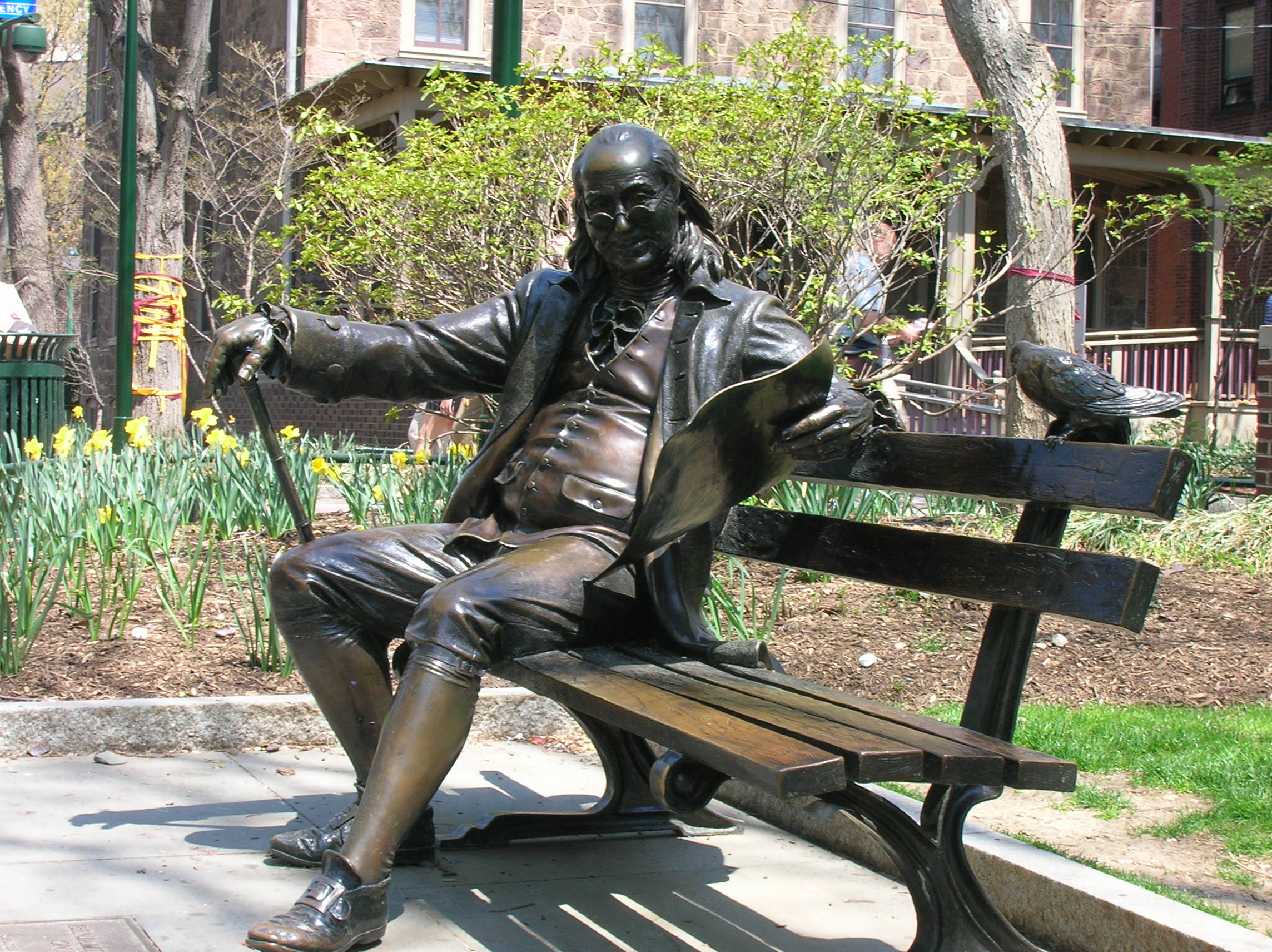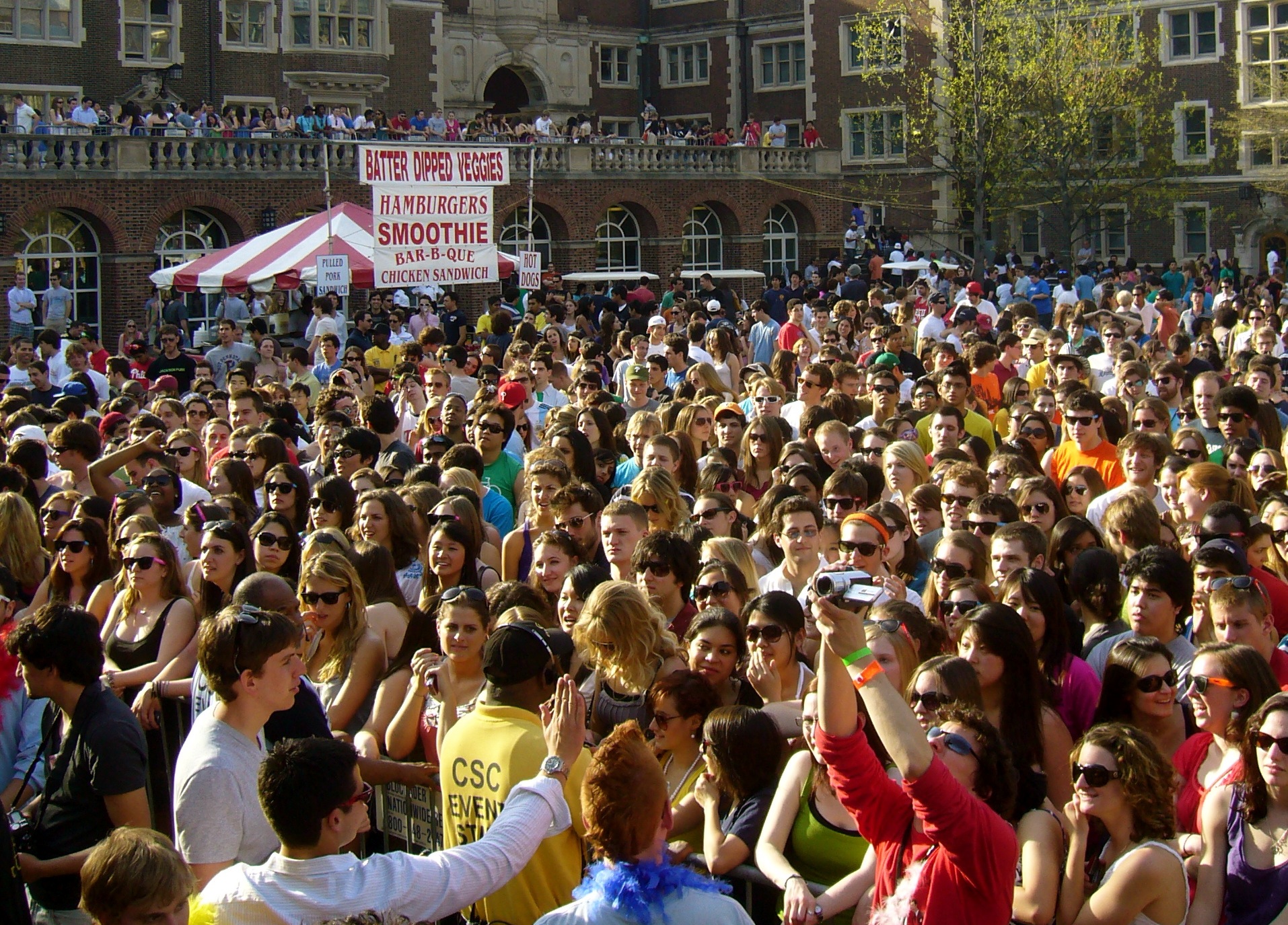Dr. Joseph Barber
I have found myself thinking about people’s career paths outside of my work here at Penn more and more just recently. I like to hear about what career challenges people face in different types of careers, and I am always willing to provide a suggestion or two as well (my babysitter and some random person on a bus to New York can provide evidence of that). As an Adjunct Assistant Professor at Hunter College (CUNY), I have the great opportunity to work with students getting their master’s degree in psychology. Some are thinking about going on to get a PhD, others already have full-time jobs and want to learn more so that they apply this knowledge in what they do. They usually all share in common the idea that they want to take information from the courses they sign-up for and use it to their advantage.
I have been working with one student – we’ll call her Jen to protect her true identity – as an advisor to her thesis project. Our conversations often turn from scientific experimental design and the right choice of statistics to broader topics like the usefulness of getting a PhD, or how to make the type of research she is doing relevant to the types of companies she might like to work with in the future. We have discussed resumes and CVs, and I have mentioned the importance of networking as a key approach to take. This student actually networks very well, and has a lot of confidence reaching out to people who can help her with her research – she doesn’t necessarily call what she does networking, though, even though that is exactly what she is doing. I have explained to her that networking can be described as an “organic process”. In other words, there is no right or wrong way to do it – she has to find the way that works best for her that still achieves the same goals (establishing and maintaining relationships with a diverse group of professional contacts). I think this helped eliminate the initial skepticism she had about the term “networking”, which she seemed to see as a very foreign and strange process.
I really like working with Jen because she impresses me every time we meet in terms of her ability to identify issues with her research, come up with a couple of solutions, and leverage some of the resources available to her (in terms of subject experts or campus resources) to help address any issues. I offer feedback and suggestions, and I am always confident that she’ll act on these promptly and effectively. It shouldn’t have surprised me, then, when she updated me on a step she had taken after one of our networking discussions.
She has been interested in a non-profit organization that is associated with a field of research closely linked to her master’s thesis. She has reached out to the founder of this organization in the past, as she was seeking information for her thesis (a good excuse to connect), but wanted to find a way to maintain this connection over time. Having spent a good deal of time on their website, she had noticed one important point – their Facebook account was not being updated on a regular basis. People interested in the organization were not having their questions answered, people talking about wanting to donate money were not being responded to with clear instructions how they could do so, and new information was not being provided to give people a reason to “like” what they saw. Jen’s response to this was to ask the founder if she could become the page administrator for the Facebook account. After making her case how she could help, and why her help would be important, the founder agreed. Now, you could argue that all she gained from this was the permission to work for this organization for free, or you could see it from another perspective:
- She now has every opportunity to maintain an on-going dialogue with the founder (without having to come up with awkward reasons to do so)
- She can continue to expand her own network of contacts by connecting with other staff members at the organization, and also with people outside of the organization interested in the topic (members of the public, but possibly professionals too)
- She can impress the founder with actual examples of some of her key skills in action – she can show how the outcomes associated with what she is doing are ultimately beneficial
- She can share some of the research she is finding through her work, and become seen as a reliable source of knowledge
Jen doesn’t want to be a social media coordinator for this organization, but if she wanted any other role (with or without a future PhD), then being connected with the founder and showcasing her motivation, enthusiasm, knowledge, and general enterprising nature can only benefit her future prospects.
This is just an example of a creative way to connect with people within your network, and I am not suggesting that you all go out and do something similar. I wanted to share this simply to give you something to think about as you are wondering how you can find the best networking approach that suits you and your career goals. There are certainly networking hints that you can pick up along the way to help you (look here and here for a couple resources), but give some thought to how you might get creative when it comes to reaching out, establishing, and maintaining connections with people over time.









